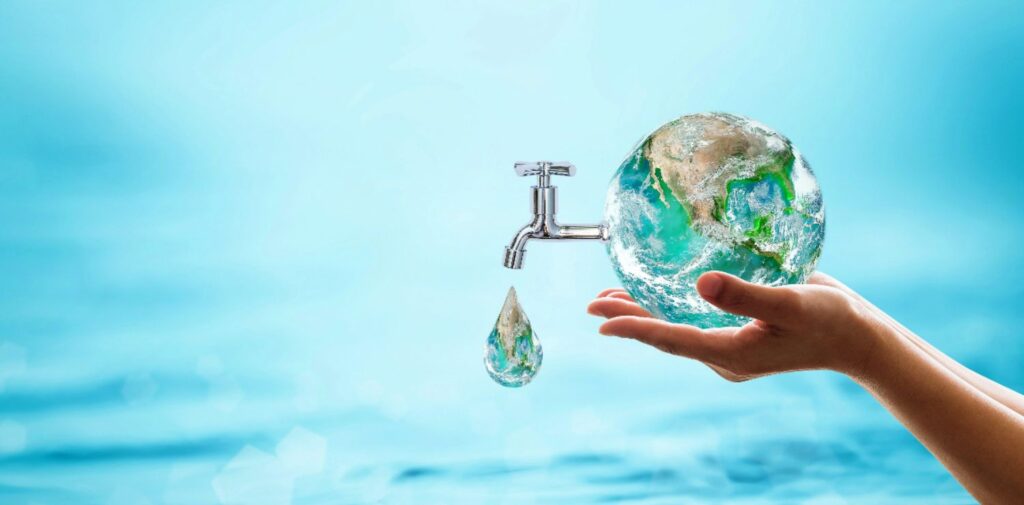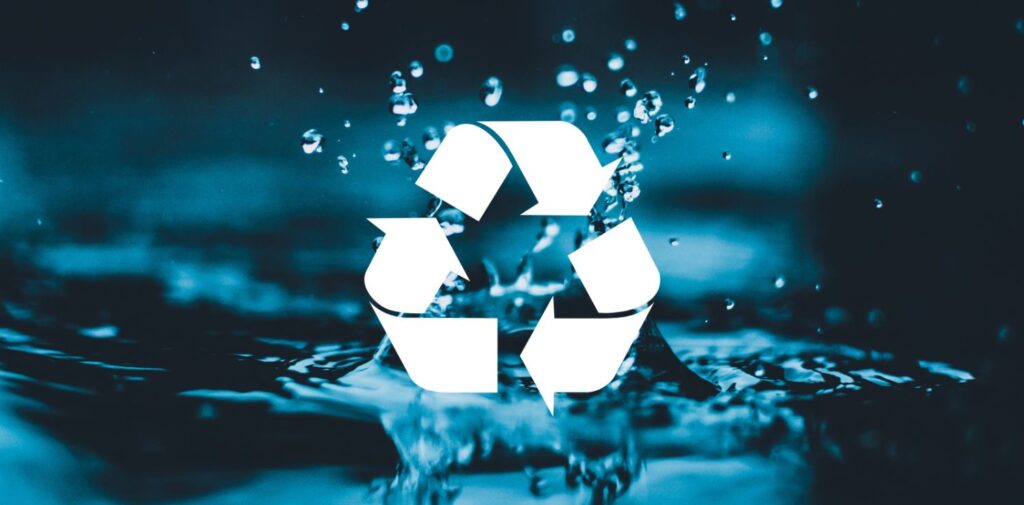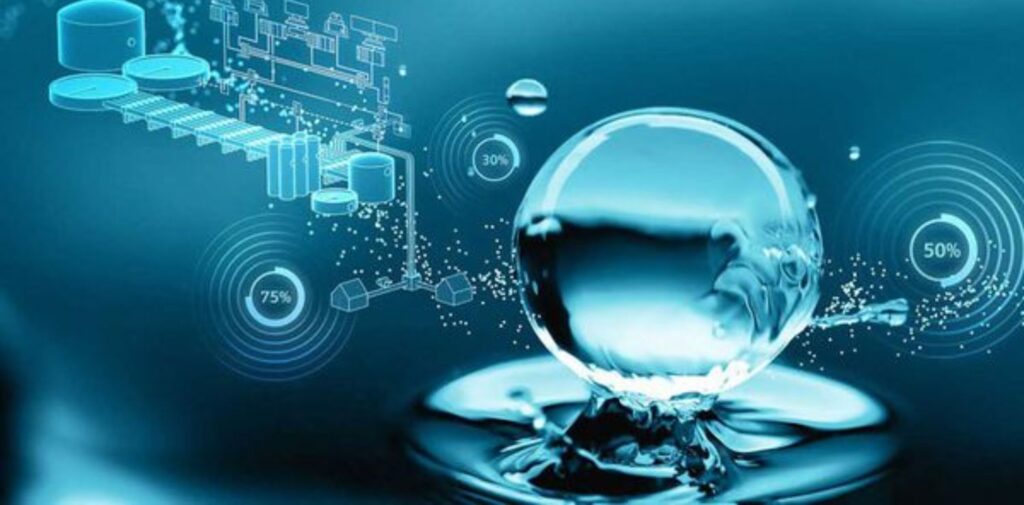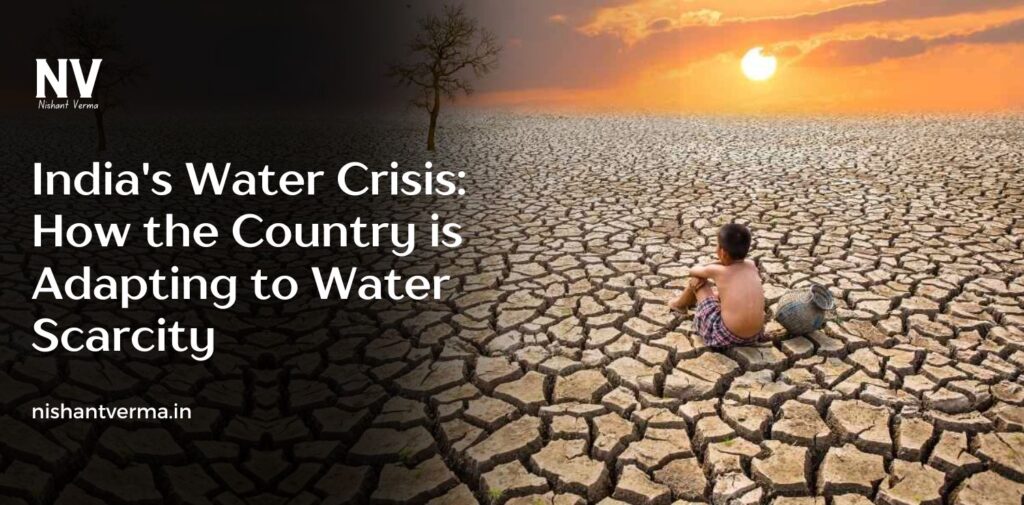Water scarcity is one of the biggest challenges facing India today. With a population of over 1.4 billion, India is home to nearly 18% of the world’s people but only has about 4% of the world’s freshwater resources. This imbalance has led to increasing pressure on the country’s water systems. Over the years, groundwater levels have dropped, rivers are running dry, and many regions face severe water shortages. However, India is not sitting idle. The country is adapting and finding ways to manage its precious water resources more effectively. Here’s a closer look at the water crisis and how India is tackling it.
Understanding the Water Crisis in India
India is experiencing an alarming decline in water availability. Over-extraction of groundwater, inadequate rainwater harvesting, climate change, and pollution have compounded the crisis. Areas that were once water-rich are now struggling, and millions of people across the country are facing challenges accessing clean drinking water. Water stress is especially severe in the arid regions of Rajasthan, Gujarat, and Maharashtra, and also in rapidly growing urban centers.
The situation is worsened by the fact that water demand is constantly increasing due to the growing population, industrialization, and agricultural needs. Agriculture, which accounts for nearly 80% of India’s total water consumption, often uses water inefficiently, contributing to the depletion of vital water sources.

Steps Toward Water Conservation and Management
India has started taking steps to manage water resources more efficiently. In many parts of the country, people are encouraged to conserve water through various methods. One of the most popular methods is rainwater harvesting. Rainwater harvesting involves collecting rainwater and storing it for later use. This water can be used for irrigation, household chores, or even for drinking if treated properly. Several states and cities, including Delhi, Tamil Nadu, and Maharashtra, have implemented policies that require buildings to have rainwater harvesting systems.
In rural areas, farmers are adopting techniques such as drip irrigation and sprinkler systems. These irrigation methods deliver water directly to plant roots, reducing water wastage. This has proven to be a game-changer in places like Gujarat and Maharashtra, where water availability is limited, but agriculture remains vital.
Reviving Traditional Water Management Systems
India has a rich history of traditional water management systems that were designed to cope with local water challenges. These systems, which include step wells, ponds, and tanks, were built to collect and store water during the monsoon season, so it could be used during dry months. Many of these traditional methods have been forgotten over time but are now being revived by local communities and environmental organizations.
For example, Johads are traditional check dams used in Rajasthan, Haryana, and other parts of northern India to capture rainwater. Similarly, Kunds (underground water tanks) were once common in arid regions. These methods helped store water and increase groundwater levels. Today, as part of the “water conservation movement,” people are working to revive these systems, and communities are seeing positive results.

Water Recycling and Reuse: A Sustainable Solution
One of the most effective ways to tackle water scarcity is through water recycling and reuse. Many cities across India are setting up wastewater treatment plants that can treat sewage and make the water safe for non-drinking purposes. This treated water is then used for agriculture, landscaping, and industrial processes, which helps reduce the demand for fresh water.
The city of Chennai, for example, has invested heavily in water recycling plants that produce treated wastewater for irrigation. This has helped the city conserve its limited fresh water for drinking purposes. Additionally, several homes and industries are setting up their own systems to treat and reuse water. Simple technologies like greywater recycling (which involves reusing water from washing machines, sinks, and showers) are also being adopted to save water at the individual level.
Desalination: Turning Seawater into Fresh Water
In coastal areas, where freshwater resources are extremely limited, desalination is becoming an important solution. Desalination involves removing salt from seawater to make it drinkable. India has several desalination plants in cities like Chennai, Mumbai, and Gujarat. These plants help meet the growing demand for water in coastal areas, where freshwater is scarce.
Although desalination is still a relatively expensive process, it is seen as a potential solution for areas that are severely affected by water shortages. With advancements in technology, desalination is becoming more affordable, and it’s expected that more coastal cities will start relying on this technology in the future.
Government Initiatives for Water Management
The Indian government is taking proactive steps to address the water crisis. In 2019, the government launched the Jal Shakti Abhiyan to focus on water conservation and rainwater harvesting across the country. The program encourages community participation and aims to reduce water wastage by spreading awareness about water management.
Another important initiative is the Atal Mission for Rejuvenation and Urban Transformation (AMRUT), which aims to provide basic infrastructure, including water supply and sanitation, to urban areas. This initiative focuses on improving water supply systems, treating sewage, and ensuring that every household has access to clean water.
The National River Linking Project (NRLP) is an ambitious government plan to link rivers across the country to transfer water from surplus regions to areas facing water shortages. Though controversial and still in the planning stages, the project holds potential for improving water distribution in the long term.
Community Participation and Awareness
While the government’s efforts are essential, community participation is key to solving India water crisis. In many parts of India, local communities are taking the lead in managing their water resources. Farmers are coming together to share water from nearby rivers and ponds, and communities are working to protect their local water bodies from pollution and overuse.
In urban areas, there is a growing awareness of the need to conserve water. Local governments are running campaigns to educate people about water-saving techniques, and many households are adopting simple practices like using water-efficient appliances, fixing leaks, and reducing water waste.
One of the most successful community-driven programs is the Water Literacy Campaign, which teaches people about the importance of water conservation and provides them with practical tips to save water. This campaign has seen tremendous success in rural areas where people are learning to make better use of water resources.

The Role of Technology in Water Management
Technology plays a significant role in managing water resources efficiently. India is increasingly using smart technology like Internet of Things (IoT) devices and artificial intelligence (AI) to monitor water levels and manage water distribution. Sensors are placed in water bodies, reservoirs, and pipelines to track water quality and detect leaks. This technology helps prevent water loss and ensures that water is used wisely.
In addition, India is experimenting with innovative solutions like atmospheric water generators (AWGs) that extract water from the humidity in the air. These technologies are still in the early stages but hold promise for areas with very little access to groundwater or surface water.
Conclusion: India Water Crisis
Water scarcity in India is a serious issue, but the country is adapting and taking proactive measures to address the crisis. From reviving traditional water systems to adopting modern technology, India is finding innovative solutions to manage its precious water resources. However, for these efforts to succeed, everyone – from the government to local communities – must work together. Water conservation needs to be a priority, and every citizen has a role to play. Only through collective action can India overcome its water crisis and ensure a sustainable future for generations to come.




